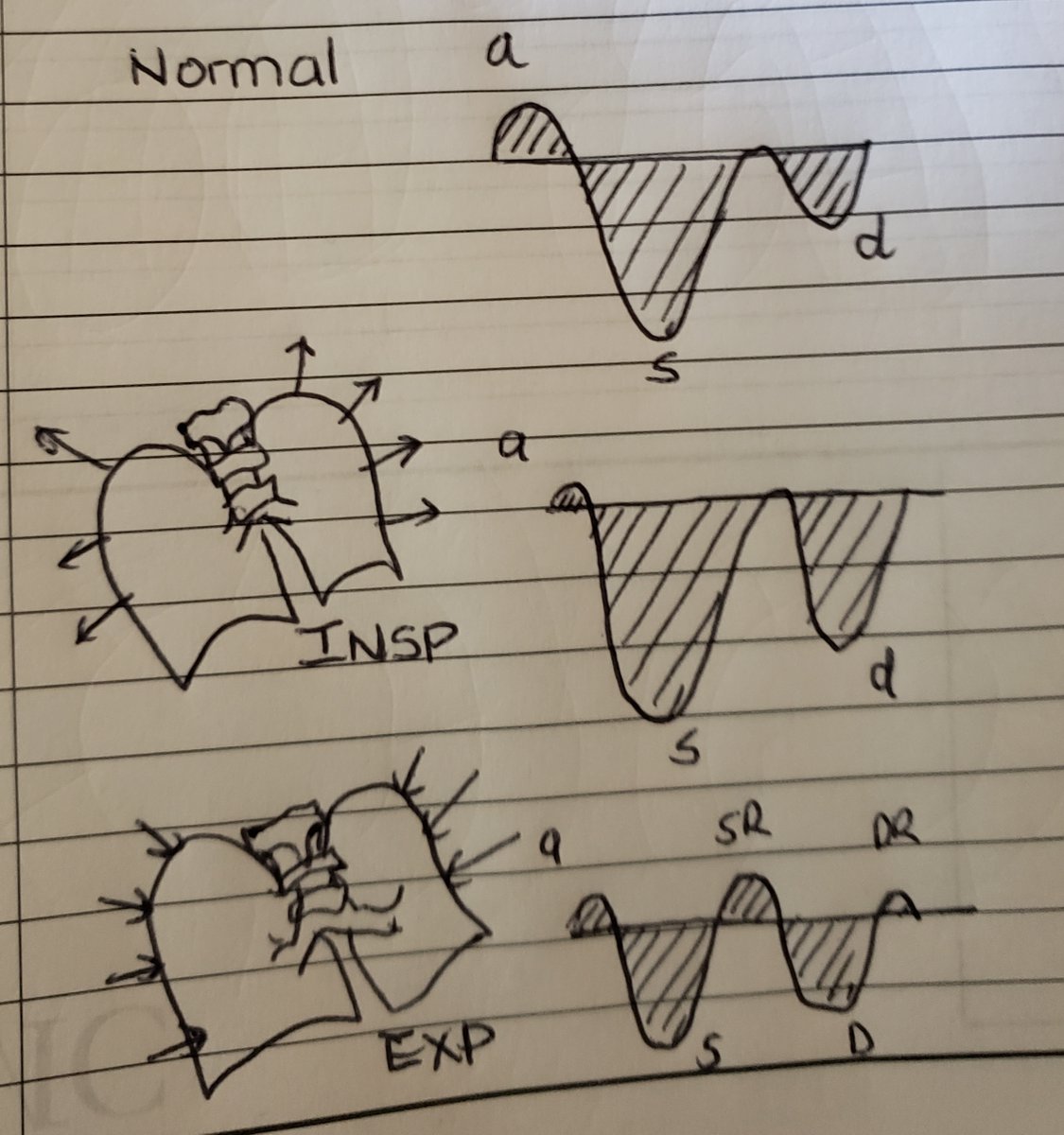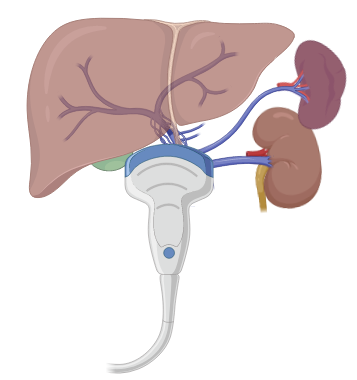
Intensivist. Cardiologist. Lifelong martial artist. Hemodynamics, Shock & Resuscitation.
How to get URL link on X (Twitter) App


 Hepatic veins can provide a plethora of information on the "right heart apparatus".
Hepatic veins can provide a plethora of information on the "right heart apparatus". 
 Alternatively can use the back end of specially designed needles that obviate the need to remove your syringe from the needle. I find it more cumbersome but allows for aspiration of blood!
Alternatively can use the back end of specially designed needles that obviate the need to remove your syringe from the needle. I find it more cumbersome but allows for aspiration of blood! 






https://twitter.com/msenussiMD/status/1278480975643709440). Time for a deep dive where we can start to decipher the important clinical information we need to apply at the bedside #showmethewaveforms #shocksquad (2/24)We must acquaint ourselves with the different guises that HV waveforms may appear, they can be


 ...a thorough understanding of these waveforms, hemodynamic correlates, and dynamic changes that occur in physiology and disease, is paramount to incorporating this into practice. #shocksquad #tweetorial #VEXUS #showmethewaveform. Here are rules of interpreting hepatic waveforms
...a thorough understanding of these waveforms, hemodynamic correlates, and dynamic changes that occur in physiology and disease, is paramount to incorporating this into practice. #shocksquad #tweetorial #VEXUS #showmethewaveform. Here are rules of interpreting hepatic waveforms
